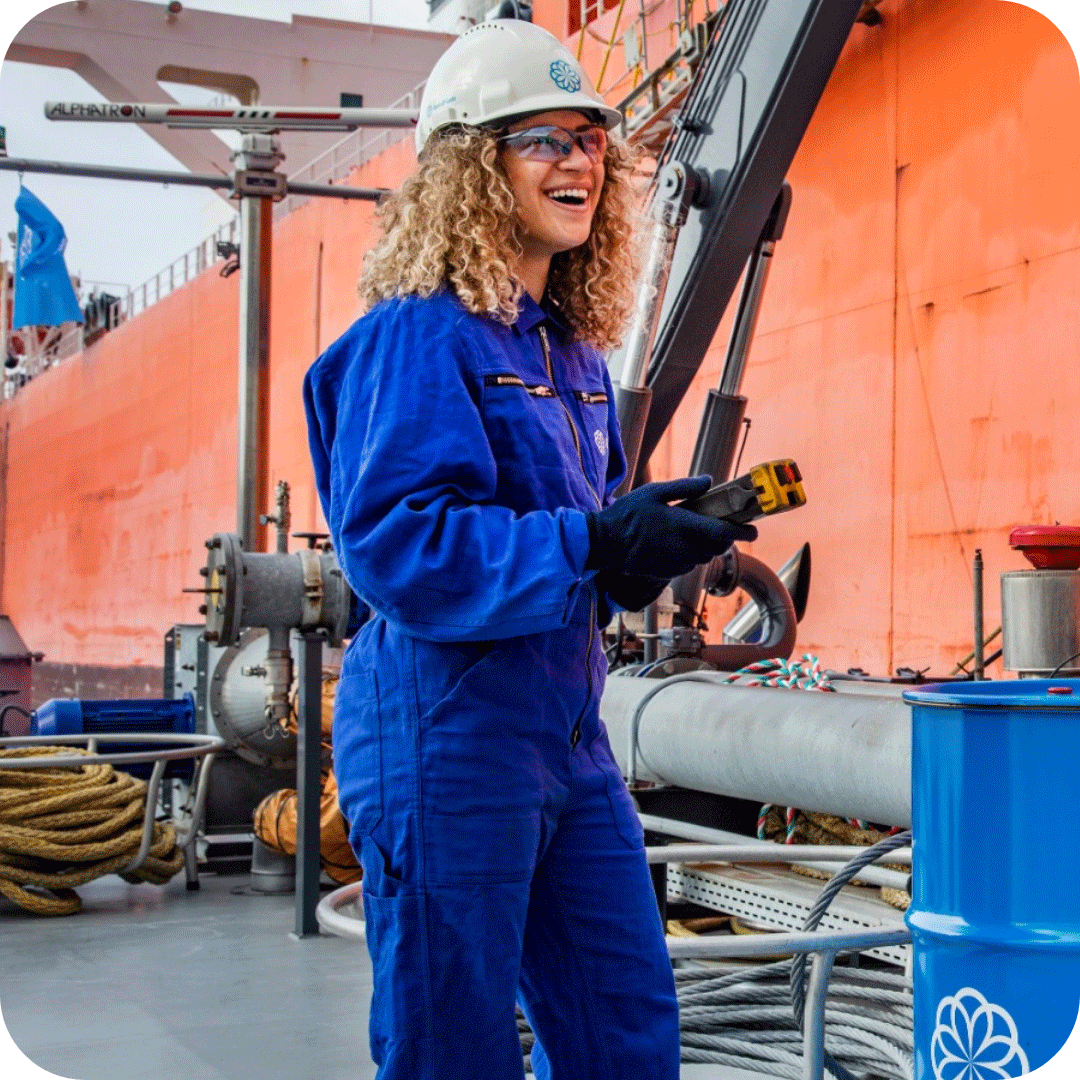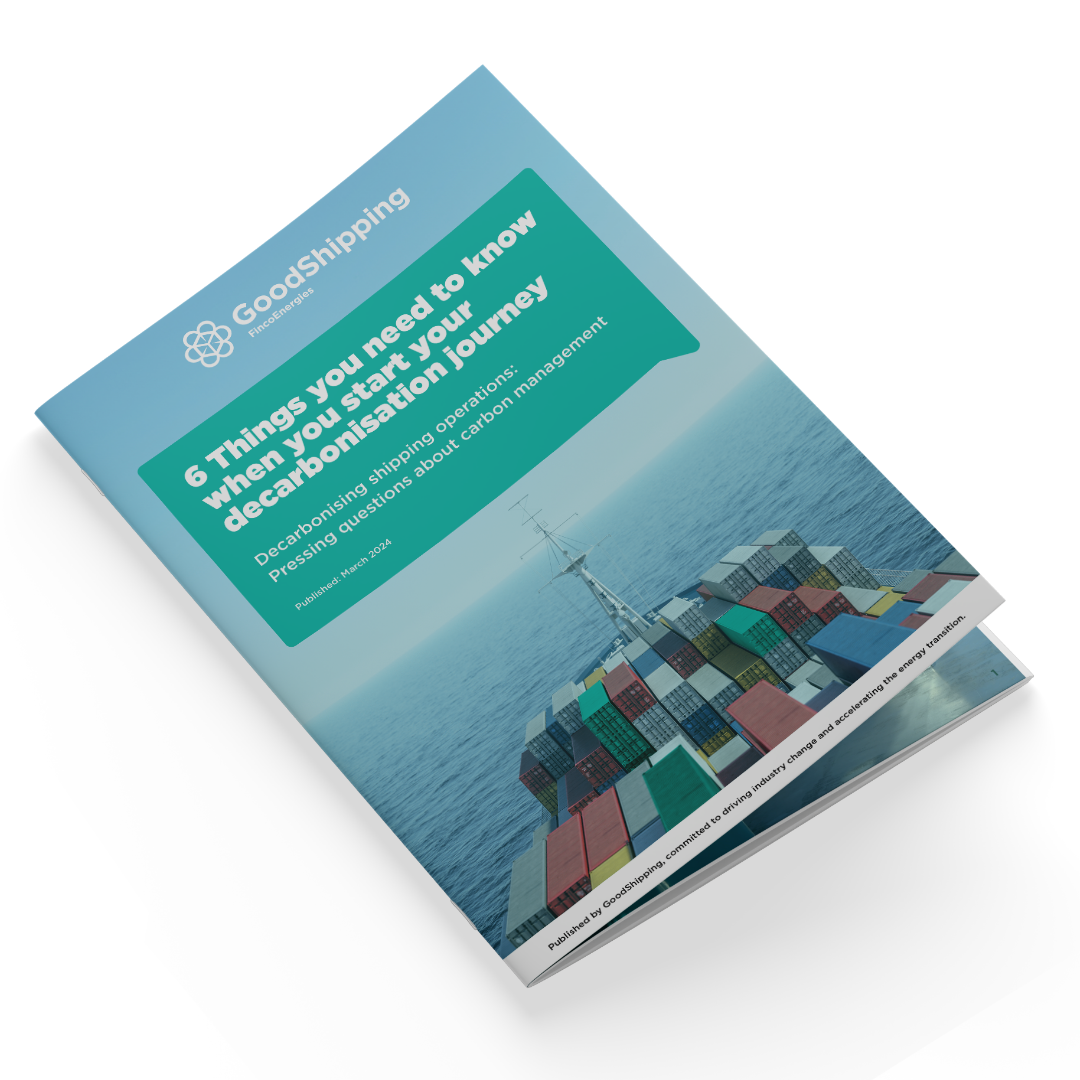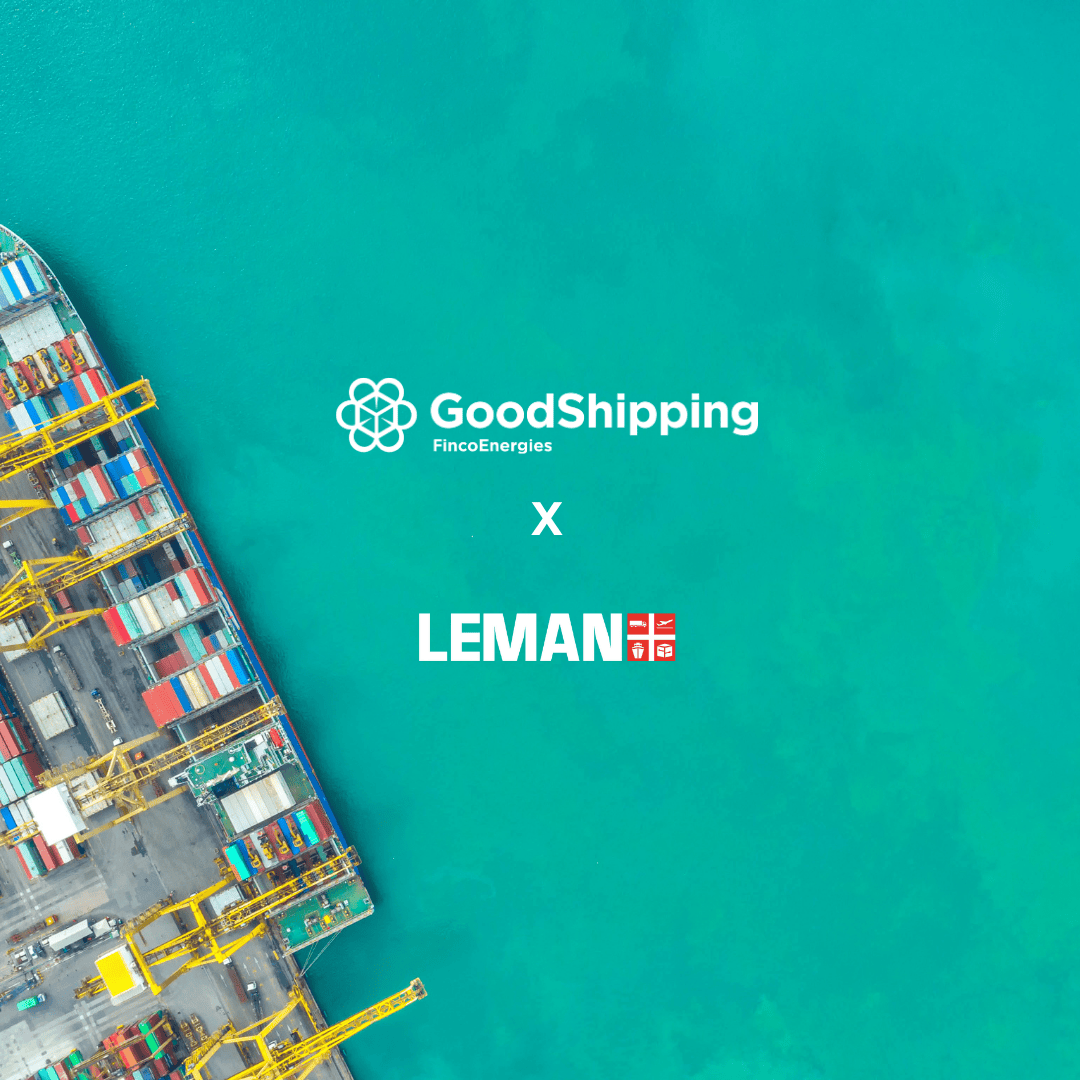Curious about how insetting can benefit your business? Sign up for our insetting pilot to get a personalised offer, explore its potential at a special price, and experience sustainable shipping without major commitments!


Carbon insetting is a method for reducing emissions within a company’s own supply chain. Unlike carbon offsetting, insetting focuses on initiatives such as switching to sustainable biofuels and improving energy efficiency. By integrating insetting, companies can enhance their sustainability efforts and contribute directly to climate change mitigation.
Carbon emission reduction in the shipping industry is both an external requirement imposed by governments, and is also an intrinsic sustainability priority for ports, cargo owners, and shipping companies. Yet, cargo owners often face a significant challenge to efficiently decarbonise their operations. While they control the contents of their shipments, they sometimes lack influence over the fuels used by the vessels transporting their freight. This is where carbon insetting comes as a promising solution to lower CO2 emissions without requiring logistical changes. In this blog, we'll delve into the concept of carbon insetting and its potential to drive the future of green freight shipping.
What is carbon insetting?
Carbon insetting is the implementation of carbon reduction initiatives within the company's own supply chains or operations.
This includes various projects a company can undertake, such as engine retrofits and fuel switch. A fuel switch means the volume of sustainable biofuel that reduces your emissions will be fuelled into a third-party carrier that would have normally burned fossil fuel. This still leads to emission reductions due to the mass balance principle, where all carbon emissions contribute to the overall reduction, even if that carrier doesn't transport your cargo.
Companies can also collaborate with their suppliers and value chain stakeholders to improve their energy efficiency, waste reduction, and adopt more sustainable sourcing practices.
By integrating insetting into their net-zero strategy, businesses can effectively tackle emissions at the source while also contributing to broader climate goals.
In the broader context of implementing a net zero strategy, carbon insetting plays a pivotal role alongside other key approaches such as avoidance, reduction, and offsetting.
While avoidance involves minimising emissions by avoiding activities that generate them, reduction focuses on actively decreasing emissions wherever possible. Offset strategies typically involve compensating for hard-to-abate emissions by investing in external projects that remove or capture an equivalent amount of CO2e from the atmosphere.
Carbon insetting vs offsetting: key differences
Put simply, carbon insetting focuses on reducing emissions within a company's own supply chain or operations, while carbon offsetting involves reducing emissions through external projects or initiatives that are not directly related to a company’s operations.
Carbon insetting projects are directly related to a company’s activities, and include examples such as: improving energy efficiency in manufacturing processes or transitioning to renewable energy sources.
Carbon offsetting implies compensating for emissions made by your company by investing in projects (outside of a company’s operations) that reduce or remove greenhouse gas emissions from the atmosphere. Examples of such projects include reforestation, renewable energy production, and methane capture. Before investing into a carbon offset project, it is important that you evaluate the quality of the offsetting credits you buy. This also includes verification and certification of carbon offset projects by third-party organisations to ensure the carbon offset projects you’re investing into meet established carbon reduction or removal standards.
Offsetting can’t be considered a substitute for direct emissions reductions by companies—it should only be used as a measure to address the hard-to-abate greenhouse gas emissions.
.png?width=800&height=450&name=MicrosoftTeams-image%20(34).png)
Other differences between insetting and offsetting are reflected in the table below:
.png?width=800&height=883&name=MicrosoftTeams-image%20(33).png)
Table 1: Insetting versus offsetting | key differences
Why should I implement carbon insetting?
Carbon insetting is particularly important for companies that face challenges in reducing scope 3 upstream and downstream transportation emissions, especially when they lack direct control over their cargo shipping.
Insetting is instrumental in tackling these challenges, enabling companies to reduce their ecological footprint through sustainable initiatives within their own operations and supply chains. This significantly contributes to the overarching aim of mitigating climate change.
Some key reasons why you should consider insetting include:
- Immediate action towards reducing carbon emissions;
- Easily attainable: Making the fuel switch is hassle-free, requiring no logistical changes to your supply chain.
- Scaleability: Insetting offers scalability by enabling businesses to initiate the practice within a single trade lane and progressively extend it to encompass multiple trade lanes;
- Industry innovation: When decarbonising through insetting, you are contributing towards the development of new technologies and future fuel innovations.
- Direct climate change mitigation: Insetting enables companies to take swift and effective steps towards mitigating their environmental impact.
By embracing carbon insetting, companies not only demonstrate their commitment to environmental sustainability but also enhance their resilience in the face of a changing climate. This proactive approach not only mitigates carbon emissions but also fosters long-term sustainability and competitiveness in the market.
See how Bugaboo managed to reduce their Scope 3 emissions with GoodShipping
Where can carbon insetting be implemented?
There are many companies that can leverage carbon insetting as part of their sustainability strategy. Insetting can be implemented across various industries, such as:
- Transportation and logistics: Companies involved in shipping, trucking, and aviation can leverage carbon insetting by adopting alternative fuels, upgrading vehicle fleets with low-emission technologies, and optimising logistics to reduce emissions from transportation.
- Manufacturing: Industrial facilities can implement insetting by improving energy efficiency, switching to renewable energy sources, and adopting low-carbon production processes. This includes sectors such as steel, cement, and chemical manufacturing.
- Agriculture and food production: Agricultural businesses can reduce emissions through practices like carbon capture and storage in soils, reducing fertiliser use, and implementing sustainable farming techniques.
- Retail and consumer goods: Retailers and consumer goods companies can implement insetting by reducing emissions in their supply chains, optimising packaging and distribution processes, and promoting sustainable consumption practices among customers and suppliers.
An example of an insetting project can be switching to biofuel and increasing the ratio of sustainable alternatives over fossil fuel. Companies can replace older high-emission vessels from their network and reduce their scope 3 carbon emissions. And when engines are retrofitted with emission control devices and replaced with low-carbon technologies like hydrogen, it can be far more cost-effective than buying a new ship. With improved logistics, driver training programs, and better route planning, carbon insetting can be turned into part of your business plan.
Where can difficulties arise with carbon insetting?
Companies can overcome these challenges by seeking guidance from experts in carbon insetting, such as GoodShipping, to navigate complex certification processes and ensure hassle-free fuel switch from fossil fuel to biofuel.
How carbon insetting can define the future of green freight shipping
From initial strategy to collaborative discussions, and from on-the-ground implementation to ongoing carbon data management, insetting will take time to fully integrate into organisations. While challenging for some regions and sectors with fewer existing decarbonisation methods, companies that implement insetting will gain a significant competitive advantage. In fact, nearly 70% of organisations already believe that carbon insetting practices will steer them forwards with more competitive advantage within their industries.
By embracing insetting, companies foster collaboration among stakeholders, including suppliers, customers, and regulatory bodies. Its widespread adoption not only promotes a greener future but also underscores the significance of corporate social responsibility in shaping the shipping industry.
Carbon insetting with GoodShipping
Since 2017, the GoodShipping team has been providing cargo owners with a world leading, impactful service to ship their cargo in a sustainable way. Our team can help you navigate each step of your decarbonisation journey. We provide guidance in calculating and tracking your current GHG emissions. We also help organisations define realistic and impactful carbon reduction goals and leverage the insetting approach by facilitating a fuel switch from fossil fuels to sustainable biofuels at the most efficient time and place in the sector (while letting your business run as usual).
Through personalised consultations and a vast expertise within sustainable shipping solutions, the GoodShipping experts empower cargo owners to make informed decisions that align with their sustainability goals.
FAQs
Q: Do insetting initiatives consistently have to produce carbon credits?
A: In short, no. Insetting is about reducing carbon emissions within their supply chain to look at positive ways to inset their emissions.
Q: How are the verification and certification processes conducted for insetting projects?
A: While verification isn’t required, many choose to work with independent verifiers for credibility. By selecting standards according to your company it creates the most impact.
Q: Is insetting exclusively reliant on nature-based solutions?
A: No, not entirely. While reforestation or carbon capture/storage projects are common methods of insetting, the concept itself is far broader than this.

Starting your decarbonisation journey
Download your free whitepaper
Learn 6 key things you need to know when you start your decarbonisation journey. From measuring and tracking your GHG emissions to effectively communicating your progress to the relevant stakeholders.








